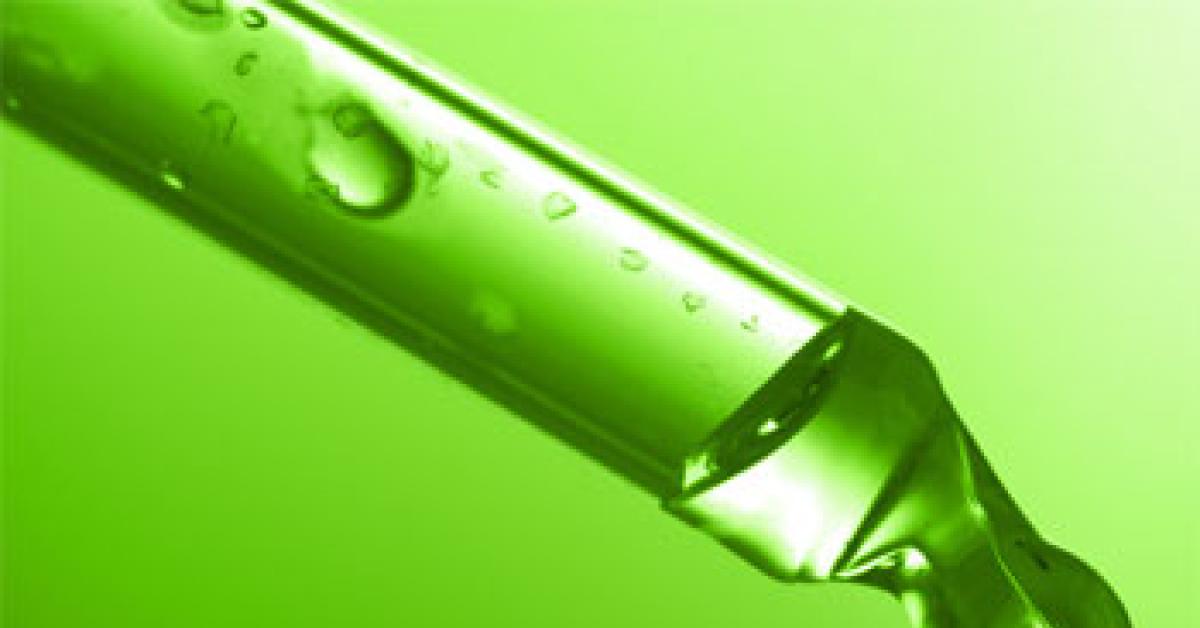CONCORD, N.C. — When I’m around fabricare colleagues, they often say a certain competitor “just doesn’t know how much he doesn’t know,” or a variation on that theme. Little things can make a big difference, and I’m going to remind you of a few that will help you offer more effective and safer stain removal.
It’s unfortunate when color loss happens during stain removal, and it’s even worse to present to a customer a garment with color loss that easily could have been corrected.
A change in color due to the pH of the spotting tool is usually correctable. As soon as you notice the color around the stain changing, pull the area over the vacuum nose of the spotting board and begin flushing with wet steam. Apply tannin/acid formula to neutralize a protein/alkali spotting agent, or protein/alkali to neutralize a tannin/acid spotting agent. The surrounding color will usually return to the original color quickly.
WHEN USING RUST REMOVER
A stain removal tool that must be neutralized immediately is rust remover. The most common type is dilute hydrofluoric acid.
This acid is used to etch glass, so if your spotting board has a glass top, apply the rust remover over a towel. Further, I recommend moving the stain over the vacuum nose of the board for added safety. And use gloves and goggles.
Just as soon as the rust stain disappears, flush the area with wet steam and apply your protein formula to the stained area. If this acid is allowed to remain in the garment, the dye will eventually be altered and the tensile strength of the fabric will be weakened.
WHEN USING BLEACHES
Bleaches are another chemical tool that must be neutralized. Many cleaners routinely use hydrogen peroxide and sodium perborate, both at the spotting board and in a bath. These bleaches must be neutralized with a mild bleach to prevent progressive color change and eventual fabric breakdown.
After using these bleaches in a bath, add 1 ounce of acetic acid to the last rinse for each gallon of water used. After using them at the spotting board, you should flush the area with wet steam, apply a few drops of acetic acid, then flush with steam and dry.
WHAT ABOUT WET CLEANING?
Many cleaners continue to dismiss wet cleaning as a stain removal tool while others believe that any use of water is wet cleaning. True wet cleaning is a viable and effective way to deal with stains, but it is much more than simply using water.
It’s the combination of several specific steps to ensure success when cleaning “dry clean only” items. It’s the use of specially formulated cleaning agents that have a neutral or acetic pH; water at a specific, relatively low temperature; and extremely limited mechanical action. Any system that addresses and controls these variables is wet cleaning.
Using a high-alkaline detergent, water temperature above 110 F or significant mechanical action is not wet cleaning and will most likely damage the garments.
There are many dedicated equipment combinations that will serve one well to wet clean larger volumes of garments. With the cleaning industry under increasing environmental pressure, wet cleaning has become a necessary supplement to any immersion solvent system. Even in small plants, the wetcleaning principles cited here can be followed to simplify and improve stain removal.
It’s the small things that set you apart. You owe it to yourself and your pocketbook to gain the knowledge to improve your operation in 2012.
Have a question or comment? E-mail our editor Dave Davis at [email protected].

